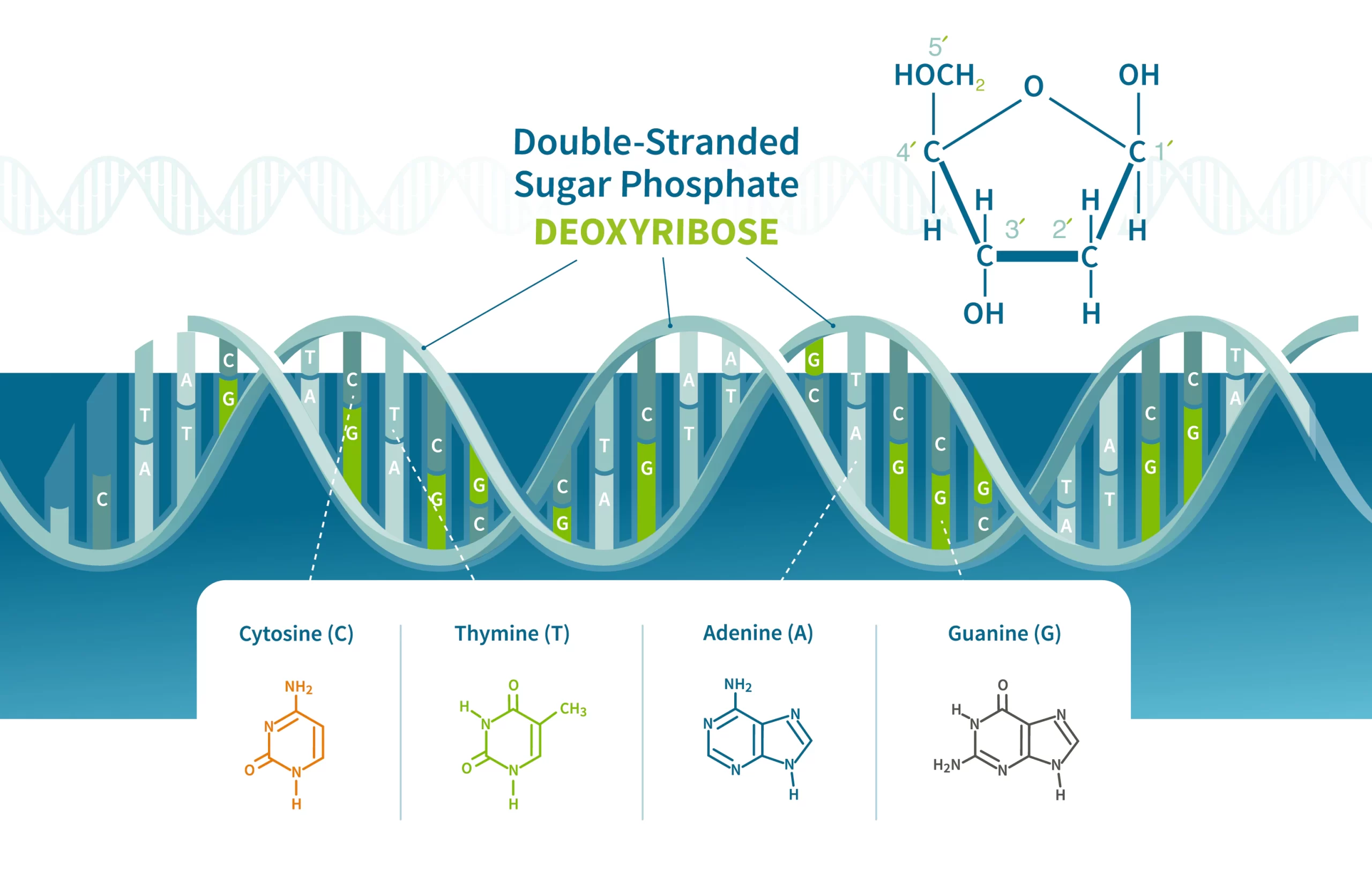Another review finds a compound shaped when we digest a generally utilized sugar is “genotoxic,” meaning it separates DNA. The synthetic is likewise found in follow sums in the actual sugar, and the finding brings up issues about how the sugar might add to medical conditions.
At issue is sucralose, a broadly utilized fake sugar. Past work by a similar examination group laid out that few fat-dissolvable mixtures are delivered in the stomach after sucralose ingestion. One of these mixtures is sucralose-6-acetic acid derivation.
Our new work lays out that sucralose-6-acetic acid derivation is genotoxic. We additionally found that follow measures of sucralose-6-acetic acid derivation can be found in off-the-rack sucralose, even before it is consumed and processed."
Susan Schiffman, comparing creator of the review and assistant lecturer in the joint branch of biomedical designing at North Carolina State College and the College of North Carolina at House of prayer Slope“To place this in setting, the European Sanitation Authority has an edge of toxicological worry for all genotoxic substances of 0.15 micrograms per individual each day,” Schiffman says. “Our work recommends that the follow measures of sucralose-6-acetic acid derivation in a solitary, day to day sucralose-improved drink surpass that limit. What’s more, that is not in any event, representing how much sucralose-6-acetic acid derivation delivered as metabolites after individuals consume sucralose.”
For the review, scientists directed a progression of in vitro tries uncovering human platelets to sucralose-6-acetic acid derivation and observing for markers of genotoxicity.
“To put it plainly, we found that sucralose-6-acetic acid derivation is genotoxic, and that it really separated DNA in cells that were presented to the substance,” Schiffman says.
The specialists likewise led in vitro tests that uncovered human stomach tissues to sucralose-6-acetic acid derivation.
Breath Biopsy®: The Total Aide digital book Introduction to Breath Biopsy, including biomarkers, innovation, applications and contextual investigations. Download the most recent version
“Different investigations have discovered that sucralose can unfavorably influence stomach wellbeing, so we needed to see what may be going on there,” Schiffman says. “At the point when we uncovered sucralose and sucralose-6-acetic acid derivation to destroy epithelial tissues – the tissue that lines your stomach wall – we found that the two synthetic substances cause ‘broken stomach.’ Essentially, they make the mass of the stomach more penetrable. The synthetic substances harm the ‘tight intersections,’ or points of interaction, where cells in the stomach wall associate with one another.
“A cracked stomach is risky, in light of the fact that it implies that things that would ordinarily be flushed out of the body in excrement are rather spilling out of the stomach and being consumed into the circulation system.”
The scientists likewise took a gander at the hereditary movement of the stomach cells to perceive how they answered the presence of sucralose-6-acetic acid derivation.
“We found that stomach cells presented to sucralose-6-acetic acid derivation had expanded action in qualities connected with oxidative pressure, aggravation and cancer-causing nature,” Schiffman says.
“This work raises a large group of worries about the potential wellbeing impacts related with sucralose and its metabolites. Now is the right time to return to the security and administrative status of sucralose, on the grounds that the proof is mounting that it conveys critical dangers. In the case of nothing else, I urge individuals to keep away from items containing sucralose. It’s something you ought not be eating.”
Source:
North Carolina State CollegeDiary reference:
Schiffman, S. S., et al. (2023) Toxicological and pharmacokinetic properties of sucralose-6-acetic acid derivation and its parent sucralose: in vitro screening measures. Diary of Toxicology and Natural Wellbeing Part B. doi.org/10.1080/10937404.2023.2213903.







































